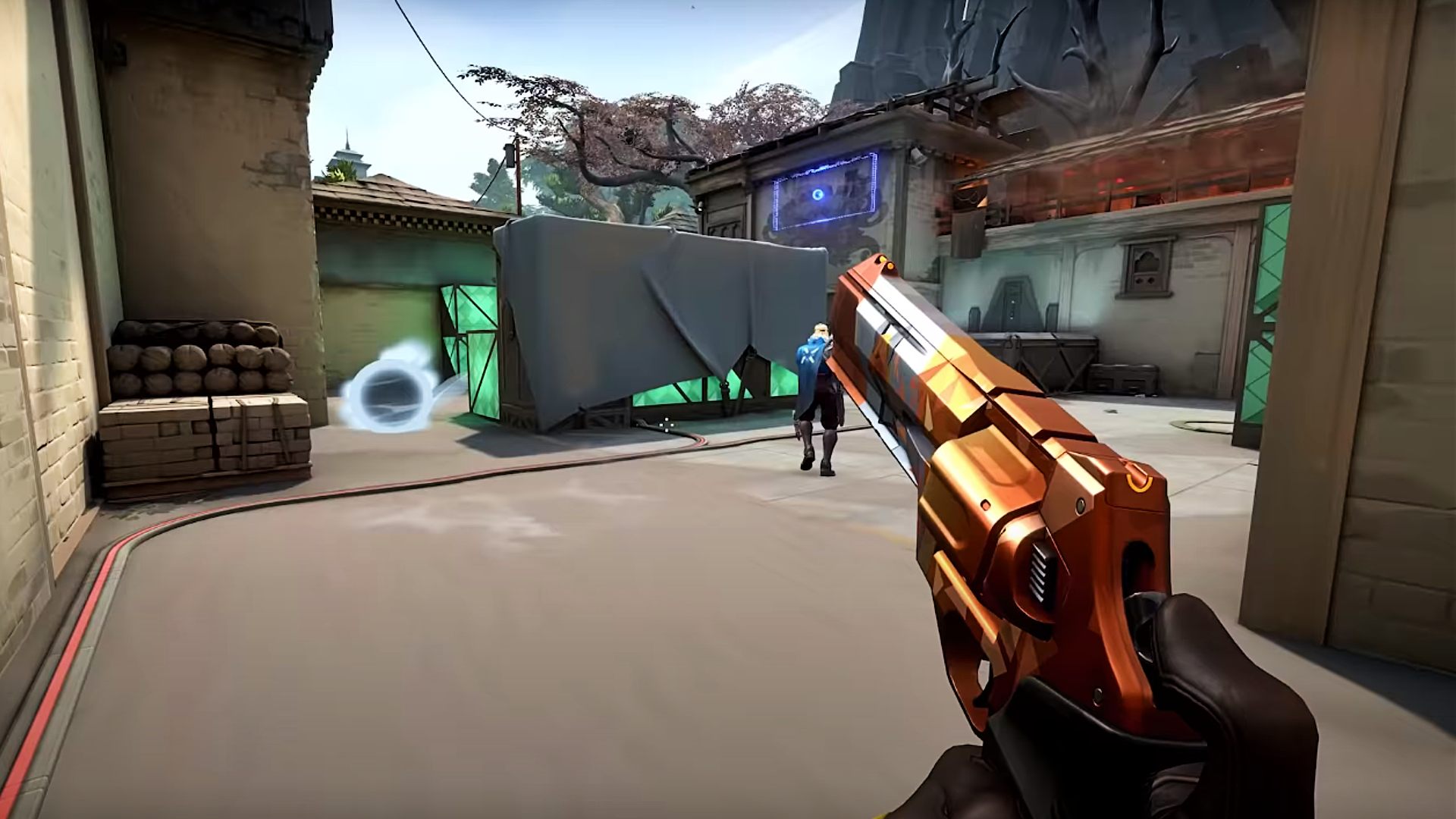Introduction
In the world of competitive gaming, teamwork is paramount, and Counter-Strike: Global Offensive (CS:GO) is no exception. A successful CS:GO team relies on well-defined roles and responsibilities to maximize their potential. In this comprehensive blog post, we will delve into the intricacies of CS:GO team roles and responsibilities. We will explore the different roles within a team, analyze their unique responsibilities, discuss the importance of synergy and communication, and provide insights into finding your ideal role in CS:GO.
The Importance of Team Roles
Understanding the importance of team roles is the foundation of successful team dynamics in CS:GO. In this section, we will discuss why roles are crucial for effective coordination, strategic execution, and overall team performance. We will explore how roles create a framework for players to specialize in specific tasks, capitalize on their strengths, and contribute to the team’s success. csgobook.com
The Roles in a CS:GO Team
A CS:GO team typically consists of several key roles, each with its own set of responsibilities and objectives. In this section, we will analyze the different roles, including the in-game leader (IGL), entry fragger, support player, lurker, and AWPer. We will delve into the unique tasks and responsibilities of each role, their impact on the team’s strategy, and their positioning within the team structure.
The In-Game Leader (IGL)
The role of the in-game leader is crucial for team coordination, strategy development, and decision-making. In this section, we will explore the responsibilities of the IGL, including calling strategies, analyzing opponents, coordinating team movements, and adjusting tactics mid-game. We will discuss the qualities and skills required to excel as an IGL and provide tips on effective leadership and communication.
The Entry Fragger
The entry fragger plays a vital role in initiating engagements, creating openings, and securing map control for the team. In this section, we will discuss the responsibilities of the entry fragger, including taking calculated risks, clearing out bombsites, and providing crucial information to the team. We will explore entry fragging techniques, movement patterns, and communication strategies to maximize effectiveness in this role.
The Support Player
The support player is responsible for providing utility, assisting teammates, and ensuring their success in engagements. In this section, we will delve into the responsibilities of the support player, including setting up smokes, flashes, and molotovs, providing cover fire, and offering tactical support to the team. We will discuss effective communication, positioning, and teamwork as key factors for success in the support role.
The Lurker
The lurker operates independently from the team, seeking to create distractions, gather information, and catch opponents off guard. In this section, we will explore the responsibilities of the lurker, including map control, backstabbing, and creating opportunities for the team. We will discuss the importance of map awareness, patience, and game sense in excelling as a lurker.
The AWPer
The AWPer specializes in long-range engagements and is responsible for securing picks, holding angles, and providing sniper support to the team. In this section, we will discuss the responsibilities of the AWPer, including positioning, flicking, and timing shots for maximum impact. We will explore effective communication with the team, map control, and positioning strategies to optimize the AWPer’s effectiveness.
Finding Your Ideal Role
Finding your ideal role in a CS:GO team is a process of self-discovery, experimentation, and adaptation. In this section, we will provide guidance on how to identify your strengths, playstyle preferences, and areas of improvement. We will discuss the importance of open communication with teammates, flexibility, and a growth mindset in finding and evolving in your role within a CS:GO team.
Synergy and Communication
A successful CS:GO team thrives on synergy and effective communication. In this section, we will discuss the importance of synergy between different roles, as well as the significance of clear and concise communication. We will explore strategies for developing strong team chemistry, improving communication skills, and fostering a positive team environment.
Teamwork and Strategy Development
Teamwork and strategy development are essential components of a successful CS:GO team. In this section, we will discuss how roles and responsibilities intertwine with overall team strategies. We will explore strategies for map control, executing tactics, trading kills, and adapting to opponents’ strategies. We will also discuss the role of individual player skill and decision-making within the broader team context.
Evolving Roles in the Metagame
CS:GO is a dynamic game, and the metagame is constantly evolving. In this section, we will discuss how roles and responsibilities have evolved over time in response to changes in game mechanics, map updates, and strategic innovations. We will explore the importance of staying updated with the current metagame, analyzing professional matches, and adapting strategies accordingly.
Conclusion
In conclusion, understanding and embracing the roles and responsibilities within a CS:GO team is crucial for success in competitive play. Whether you find yourself excelling as an in-game leader, entry fragger, support player, lurker, or AWPer, each role contributes to the team’s overall strategy and success. By developing your skills, understanding your strengths, and communicating effectively with your teammates, you can find your fit within a CS:GO team and elevate your gameplay to new heights. So, embrace your role, practice with dedication, and collaborate with your team to achieve victory in the exciting world of CS:GO.
